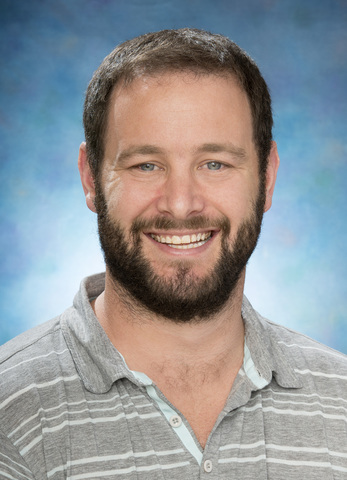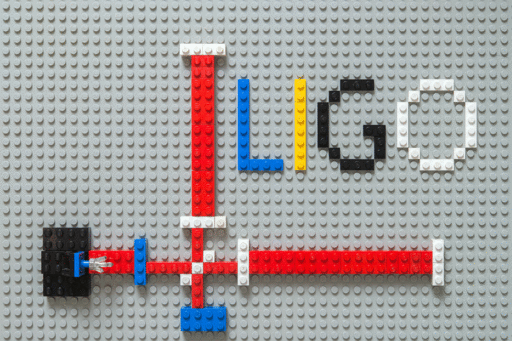Welcome to Paul Lasky's home on the web
I am a Professor and Head of the Monash Astrophysics group, at Monash University in Australia. I am interested in a number of topics under the broad heading of gravitational astrophysics, although I have a particular penchant for gravitational wave astrophysics. I am a member of the LIGO Scientific Collaboration and the Parkes Pulsar Timing Array (PPTA), which are two complementary experiments at the forefront of gravitational-wave research. I am also the Chair of the Executive Committee for the Australian Gravitational-Wave Observatory Project that is charged with driving forward the development of an Australian gravitational-wave observatory.

